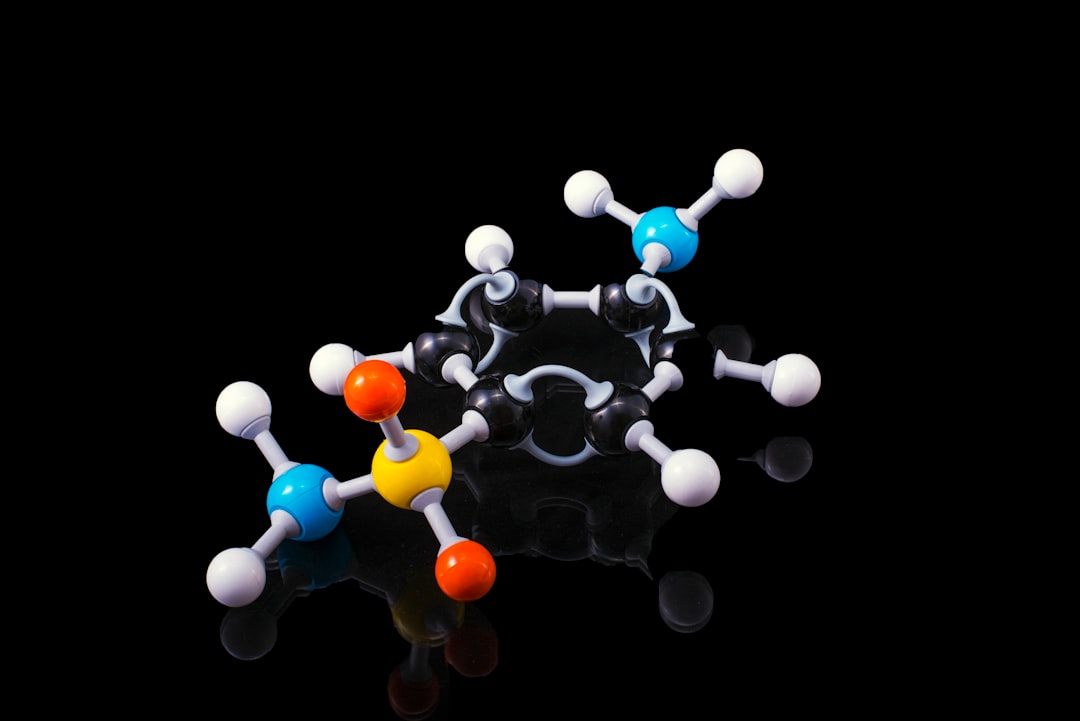What is it about?
Nowadays Chemical Kinetics do not include the energy consumed by reaction-driven conformational or allosteric movements of the reacting molecules (molecular machines). Most of the biological functions are originated from reactions driving conformational movements of natural molecular machines. Here we review the state of the art related to material electrodes constituted by multi-electronic molecular machines, describing reaction-driven structural changes (relaxation, swelling, shrinking and compaction), the concomitant empirical chemical kinetics, the empirical molar conformational energy. Along the reaction the reaction the material composition (molecular machines-counterion ratio) changes. The composition change shift the magnitude of biomimetic chemical-driven properties and functions.
Featured Image
Why is it important?
A quantitative description of the biomimetic functions should pave the way for a futre quantitative description of biological functions and malfunctions, including brain functions. New chemical-driven (bio-replicating) tools (artificial muscles, smart membranes, tactile skins, brain-computer connectors or electron-ion transducers, electro-chemo-conformational memories, and so on) and a new technological world of zoomorphic and antropomorphic robots constituted by soft and wet materials are envisaged. The tools can be mono functional or multi-functional: the chemical reaction drives, simultaneously, che shif of the magnitude of different material properties (chemical multi functionality) allowing the construction of sensing and tactile artificial muscles and other multifunctional tools.
Perspectives
The structural or conformational chemical kinetics including the molar conformational energy of the reactive molecular machines paves the way for a quantitative description of biological function (and malfunctions) involving biological molecular machines, including brain functions. A new technological world of zoomorphic and antropomorphic tools and robots constituted by soft, wet and reactive materials (molecular machines, ions and solvent) ca be envisaged.
Professor Toribio F. Otero
Universidad Politecnica de Cartagena
Read the Original
This page is a summary of: Structural and Conformational Chemistry from Electrochemical Molecular Machines. Replicating Biological Functions. A Review, The Chemical Record, December 2017, Wiley,
DOI: 10.1002/tcr.201700059.
You can read the full text:
Contributors
The following have contributed to this page










